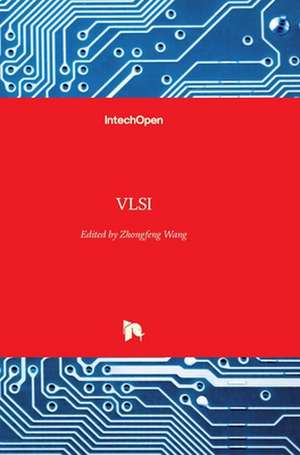VLSI
Editat de Zhongfeng Wangen Limba Engleză Hardback – 31 ian 2010
Preț: 910.83 lei
Preț vechi: 1182.90 lei
-23% Nou
Puncte Express: 1366
Preț estimativ în valută:
174.29€ • 186.37$ • 145.32£
174.29€ • 186.37$ • 145.32£
Carte disponibilă
Livrare economică 27 martie-10 aprilie
Preluare comenzi: 021 569.72.76
Specificații
ISBN-13: 9789533070490
ISBN-10: 9533070498
Pagini: 466
Dimensiuni: 185 x 266 x 36 mm
Greutate: 0.94 kg
Editura: IntechOpen
ISBN-10: 9533070498
Pagini: 466
Dimensiuni: 185 x 266 x 36 mm
Greutate: 0.94 kg
Editura: IntechOpen
